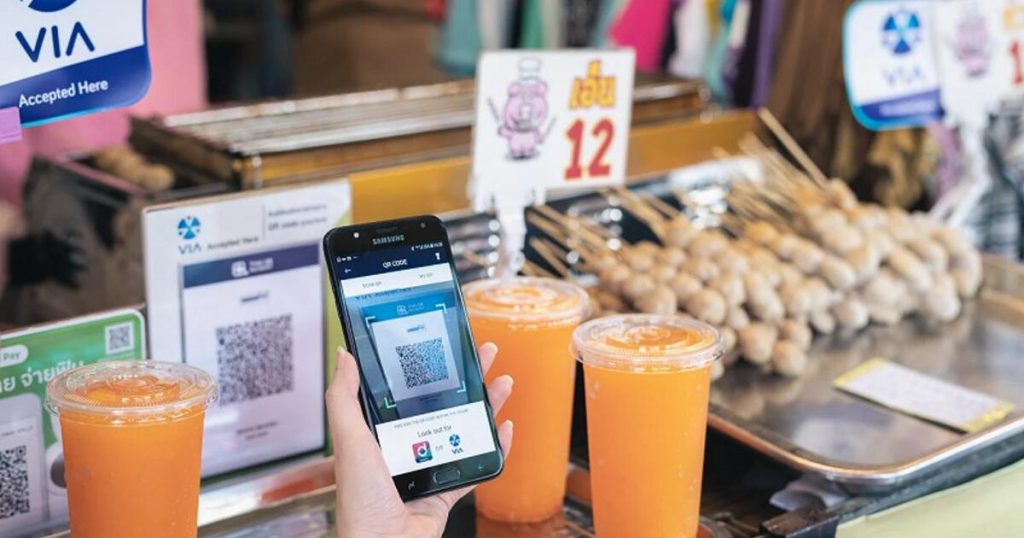The central banks of five Southeast Asian (SEA) countries have agreed to link their payment systems by November of this year, in order to allow for easier transactions for travellers within the region.
The agreement would bridge two currently interconnected systems: one currently between Malaysia, Indonesia and Thailand, and the other between Singapore and Thailand.
The new agreement would include Singapore, Malaysia, Thailand, Indonesia, and the Philippines — five of SEA’s biggest economies. This would allow for local currency settlements, and bypass the need to use the US dollar as an intermediary currency.
Singapore first enabled cross-border QR payments with Thailand in 2019, as an arrangement between Thailand’s Siam Commercial Bank and Singapore-based fintech startup Liquid Group. This first partnership allowed Thai tourists to pay for purchases in Singapore using their own Thai QR payment apps.
According to Bloomberg, Ravi Menon, managing director of the Monetary Authority of Singapore (MAS), stated that he believes the agreement to be a “public good infrastructure which improves financial inclusion, enhances efficiency, and creates new business opportunities for all citizens.”
In addition, the group of central banks will seek to link the network up with other regional clusters around the world, and possibly expand the network to real time bank transfers and central bank digital currencies.
Singapore already has a unified QR code system in SGQR, which was launched in 2018. Since then, major banks have joined, including DBS with Paylah, UOB with PayNow, and even startups like FOMOPay and Grab have been onboarded.
Featured Image Credit: Singtel
Also Read: MAS discuss inflation and crypto in annual report, seeks to widen scope of crypto regulations










